Big changes and significant development continue all the way to the end of the fourth year. The expectations can already be familiar (cognitive development, challenges in emotional regulation), but let’s see what exactly can we expect from the four year old child.
Article Contents
1. Milestones and challenges you can expect2. Imagine it, explain it, act it!
3. Picture this
4. When we do something new, let’s talk about what we’ll do
This article is about the last six months after the third birthday. If you are more interested in what to expect from a child in time from birth to the third year, we got it all covered in the first year of a child’s life, and the second year of the child life category section. And if you’re interested in changes that can happen in the first 6 months after the third year, you can check What to expect from a Three and a half years old Child article.
Milestones and challenges you can expect
We promised we won’t mention jumps in development anymore, but yes… You can expect some big changes in cognitive development, motor skills, and classical changes in sleep patterns and emotional regulation.
The first thing you may notice is much more frequent and stronger emotional outbursts. There will be big shifts in emotions daily and this can last for a couple of weeks (even months), so we, parents, need to fortify our patience and serve as a solid, reliable rock for the hard times the children will go through. It is easier when you know this is normal and expected in the second half after the third year. Brain development, yeah! Comes with some side effects.
The next thing you will notice is messed up sleep patterns. Prepare for a lot less sleeping and a harder time falling to sleep. This can also last for a couple of weeks. Good thing is, children close to the fourth year tend to sleep well through the night once they finally fall asleep. This is partially due to the brain working on overload – another thing you will notice as you are getting closer to the fourth birthday. Some good things you can do here are to engage in only calm activities before sleep, read or listen to not too engaging sleeping stories, and, you guess it, be patient and calm yourself.
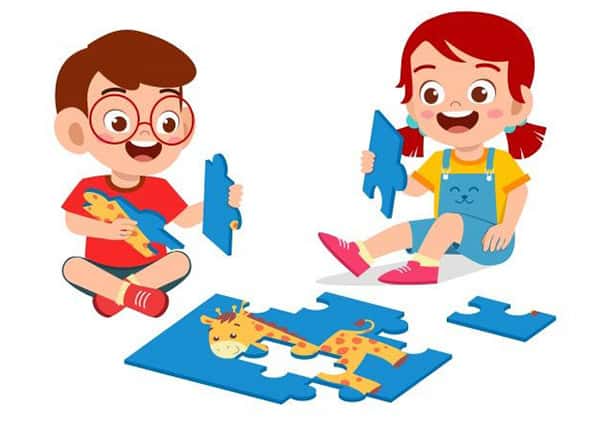
One more thing that can be prominent is a regression in some behaviors. Just as a short reminder, regression is when the child “forgets” skills it already learned or behaves again in ways that are specific for a younger age. This is something that can be very confusing and frustrating for parents, but good thing is that it is normal and lasts shortly (a couple of weeks). So if you notice things like putting things in a mouth that are not for eating, eating with hands although the child was eating with a spoon before, peeing in bed again, or any other thing, you can be pretty sure that it is because of expected regression. It’s important not to shame children here. You may often hear grownups saying things like: “are you again a little baby?”, but that won’t help at all! It can only leave negative consequences on a child’s self-confidence and make the child hide things from you to avoid shaming.
Instead, what you can do is try to replace unwanted behaviors with more acceptable ones. Recognize that beneath every behavior, there is some need. So if, for example, the child is chewing hair or sleeve, you can offer them some toys for chewing. If the child started to eat with fingers again, maybe some sensory activities like clay modeling or sand can help in satisfying the child’s need. Remember, this is not the first, nor the last regression, and the best way to go through it is with a lot of patience and support to the child.
Ok, this paragraph was pretty pessimistic for now, correct? Well, it’s not all challenges and patience-testing. With every jump… I mean, with every new milestone, there are a plethora of new skills and abilities that children develop. And this leads us to the next thing…
Imagine it, explain it, act it!
We all already noticed that with great jumps… development, comes great new skills. This time it’s no different.
The first thing you may notice is even richer imagination and more elaborate storytelling. Now, it’s not only imagining different characters and things but complex roleplaying scenarios with all the background and details.
So for example, imaginary characters will have a name, background story, specific look, and behaviors. If a child roleplays that character, they will even dress up as them and may change the way they speak and move.
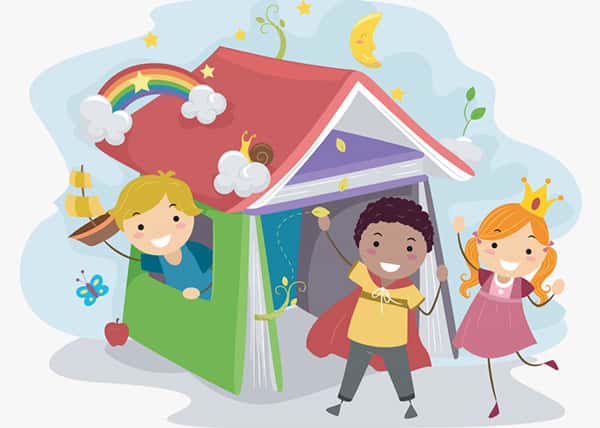
We talked a lot about symbolic play already and you can check the previous article about the changes in the first six months. But play, and especially, unstructured play, is the most important activity for children because they learn, understand, and cope with emotions through play. So there is no surprise that the way children play changes as they grow. It’s dynamic and constantly evolving, reflecting their current preoccupations.
Another thing you may notice is a much bigger need for physical activity. The child can act “like on needles” the whole day, without even a minute of being calm. This can be annoying sometimes, especially when a child goes into acrobatics mode in a cramped space that may pose the risk of getting hit – like most apartments.
But that is not something we should discourage, although the first thing we want to say is “stop spinning, you will trip and hurt yourself”. It’s understandable, in many ways, we are responsible for child safety after all. But children need that spinning, rolling, jumping, and other acrobatics. These activities help in brain development and can be calming for the child – something they need to do a lot when their brain is in overdrive. If you are interested in more about this topic, you can check Spinning, rolling, and swinging! Oh my! Article.
The gist is that we should support and encourage free play, even risky play because it builds important neural pathways, as well as our child’s confidence and feeling of control. Bite your tongue and instead of “Be careful!”, just stay close and observe. Your child will let you know if they need help and then you can give more actionable advice, like “Put your leg on this bottom step”.
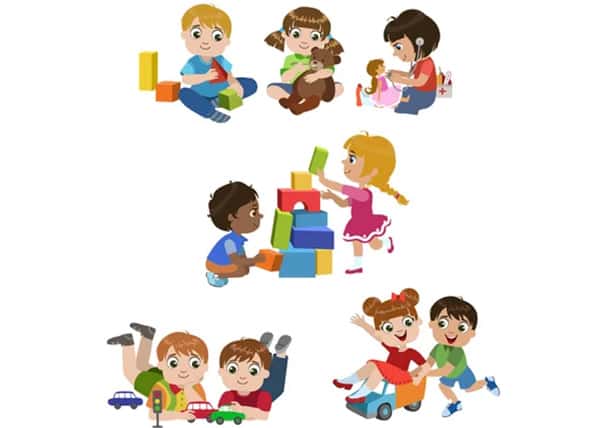
So how to best approach and satisfy this huge need to move? Some of you may not even notice it. If the child spends a lot of time outside on the playground, they may have plenty of opportunities to move. But if you spend most time indoors, it is good to plan more outdoor activities where the child will be able to move more freely and safely.
Also, you can modify the indoor environment to make it safer for some active play. Moving furniture and putting some soft mat will make the environment much more secure for different acrobatic maneuvers. Make it into a designated area for active play and join as much as you can. Roughhousing (physical relational play) has lots of benefits for building a strong connection and also letting out that energy as well as other stuck emotions. Pillow fight anyone?
Picture this
Art is one of the most powerful expression tools. And that’s clearly visible with children at this age. They are now interested in specific motives, ideas, and interests. They start to think and plan their drawings. Before it was all about the process of creating anything, the activity was the goal in itself. But now, our little ones want to do specific things and they want to do it in the way they imagine it.
The drawings are getting more detailed, and more realistic. Pictures of people usually have several distinct pieces. There are thoughts about color, background, and decorations.
Sometimes, you will hear them critiquing their work. “Oh, I didn’t draw the shoes right, they are too big.“ or “This doesn’t look like a dog.” As tempting as can be, don’t argue with their dissatisfaction. Don’t say “No, no, it’s great”. Instead, be curious – “You imagined them different, ha? Tell me more.”
You don’t move away from perfectionism by getting outside praise and reassurance. You do it by being allowed to express all your feelings, even fear or sadness of doing something badly – and seeing that nothing terrible is happening. You are still loved, you are still valued.
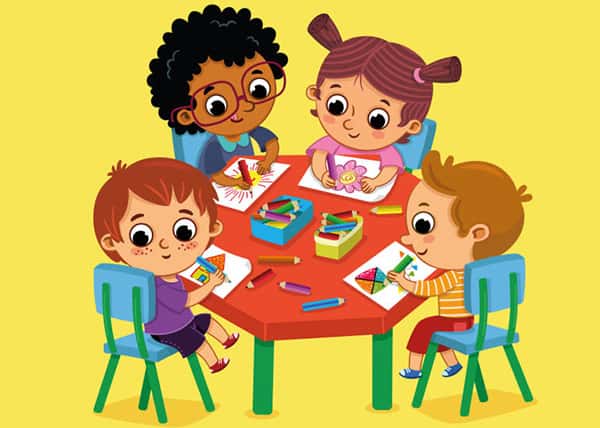
There is, of course, a place for pointing out interesting things you notice or offering another perspective, but not as a defensive mechanism. The child could get the impression that you as a parent are super invested in their work. “Wow, my mom gets really intense when I say I didn’t do something right. That must be really bad.” We all have that instinct of “protecting” people we love, as we feel helpless and sad when noticing their discomfort. Yet, we feel the closest and the most connected when we can share all our vulnerable feelings. And still, be accepted, and just listened to, without any judgment, even “positive” one.
There is this thing called mindset and it’s an important concept. It describes how we perceive our skills and abilities – as permanent, fixed things or as flexible things that can be improved. This first mindset is a fixed mindset and it’s very defeatist one – we are who we are and can’t change. The other one is the growth mindset – we can improve in anything if we put in sustained effort. You may hear about it as a “power of yet”. Okay, you can’t do that – yet. You will get better if you continue working on it.
Our skills are, of course, limited by many factors – you may never get amazing at something, but you will get better if you keep practicing. Instead of that old one “Practice makes perfect”, it’s better and truer to use “Practices brings improvement”.
Besides expressing ideas and interests, art serves as a great therapeutic tool. Especially with children, art is one of the best ways to cope with fears and sadness and to process them in a meaningful way. Children are concrete thinkers and getting things on paper really helps.
Super scary character from the book or cartoon? Let’s make a drawing! Add funny details, like yogurt mustache or spaghetti dangling from their ear. Or maybe that character really loves green color and strawberries, just like your child.
Making art is also great as general relaxation and anxiety-reducing tool. So always keep some paper and pencils available in the visible place. Scribbling and doodling can calm down our overstimulated brain. Join the fun! Make art together, add silly things to each other’s pictures and doodle things when in need of some regulation. Bring art to your daily life, because it’s a powerful and instinctive tool that has lots of benefits.
When we do something new, let’s talk about what we’ll do
Like so many other Tiger Daniel’s Neighbourhood songs, this one is super catchy and surprisingly helpful. It became a staple in our house since we did a few of the “firsts” in this period.
And as the songs mentions, one of the most important things when dealing with anticipated new things is to explain what will happen. In very concrete terms, since children can’t deal with abstractions at this age.
When we were going for the first haircut, it was something like this: “We will go to this hair salon together. There we will meet a woman who will be giving you a haircut. We can ask her what’s her name. Then we will wait a bit until she is ready. You will sit in a chair that can move up and down! She will put a special cover around your neck and body to keep you clean. We will show her a picture of a hairstyle you want. She will sprinkle your hair with water a little, comb it, and then cut it with scissors. It won’t hurt at all. What else do you want to know?” Then we talked about what could make her more comfortable, and she chose to bring some of her toy figurines.
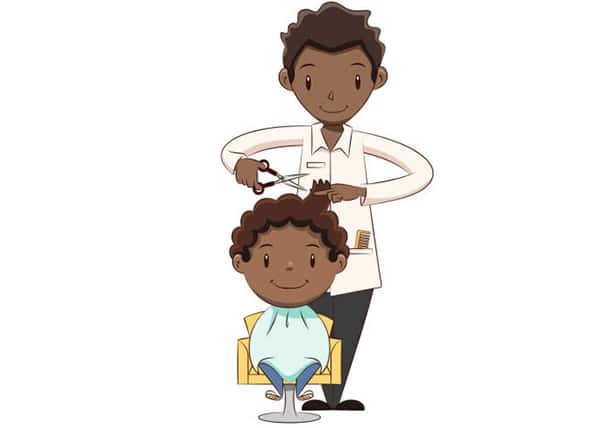
You could also make a picture book that shows what will happen, that you can bring with you!
Sometimes you don’t know all the details and that’s okay. You can share what you know and also maybe find out little things that you can share. For example, in the case of the dentist, you can maybe find out the name of the doctor or find their picture online. If you are going to the new space, you can walk there a few days before and take a look around. There are also wonderful books that deal with some specific situations you may encounter.
The most important thing is honesty, but also not overloading your child with scary details. If the child asks will it hurt, answer truthfully. “It may be uncomfortable/hurt a bit.” Then ask “What could you do if it gets uncomfortable?” Help with strategies. Breathing, counting, visualizing, telling story… Let your child choose what works for them and they will be much more likely to use it.
Later, there will probably be some play around the event – that’s super helpful to process and integrate the experience. Encourage it! Join in and play the role of the small, scared character. Let your child be a big and scary doctor or a dentist or a teacher. That’s usually their preferred role because they want to restore their sense of control. Go with their ideas, be a little over the top in your performance, and just follow the giggles. It’s a fun and extremely helpful way of coping with some stuck feelings.
And with this, we wrap up the fourth year. We will “see you” again in a year when we will have more info about the fifth year and we can share the experience firsthand. But time flies, so the fifth birthday will be here in no time. Until then, happy parenting!
If you’re searching for some great STEM Activities for Kids and Child development tips, you’re in the right place! Check the Categories below to find the right activity for you.

STEM Science
Videos, guides and explanations about STEM Science in a step-by-step way with materials you probably already have at your home. Find new Science ideas.
Read more
STEM Technology
Videos, guides and explanations about STEM Technology in a step-by-step way with materials you probably already have at your home. Find new Technology ideas.
Read more
STEM Engineering
Videos, guides and explanations about STEM Engineering in a step-by-step way with materials you probably already have at your home. New Engineering ideas!
Read more
STEM Math
Videos, guides and explanations about STEM Math in a step-by-step way with materials you probably already have at your home. Find new Mathematics ideas.
Read more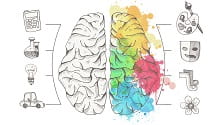
Psychology
Find out all about development psychology topics that you always wanted to know. Here are articles from child psychology and development psychology overall.
Read more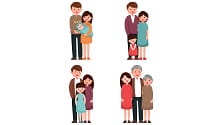
First year of Child’s Life
Following a Child’s development every month from its birth. Personal experiences and tips on how to cope with challenges that you will face in parenting.
Read more